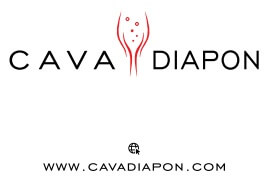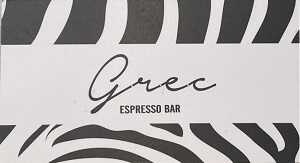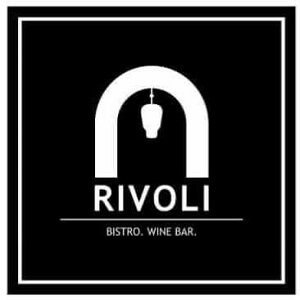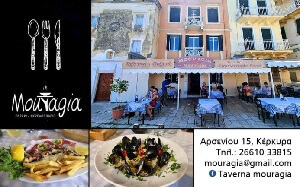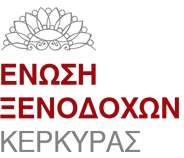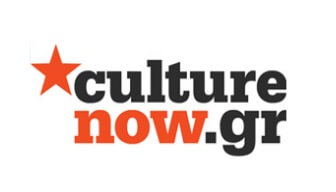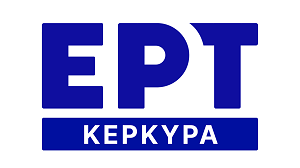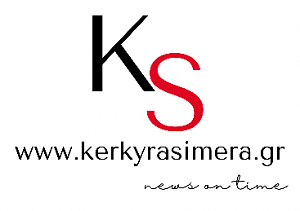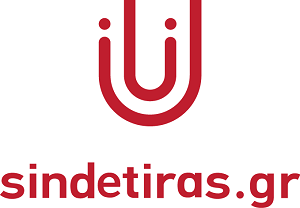Τhe use of digital technology in museums in the last decades emerges as a dynamic tool which offers visitors the opportunity to better understand the exhibits and collections that interest them, create their unique personal context to each visit and live a meaningful experience in the museum (Keene, 1998). Mobile devices have the potential to enhance the visit by assisting visitors on several levels (Wessel and Mayr, 2007) utilizing the advantages of mobile learning (m-learning). In addition, researchers of learning in non-formal educational environments have focused their attention on museums as environments that construct learning experiences, and the way visitors learn in them (Filippoupoliti, 2015). Furthermore, augmented reality as a digital medium, provides users with the ability to interact with the real world, through experiences that would not be possible exclusively through the real world or virtual reality and that’s why it is associated with high levels of achievement of learning goals (Akçayır and Akçayır, 2017). Although digital applications of museums and galleries all over the world provide users with information of high-learning value, they lack to offer opportunities for dialogue between the user and the museum, for participatory learning and for the users to add their own social meaning to the museum experience (Sexton and Lagoudi, 2021).
Transformative learning is a theoretical approach of education which helps participants to modify their views and perceptions utilizing experience as a tool and promoting critical thinking. Many studies have shown that art can be a useful tool for the reinforcement of the transformative learning process (Cranton, 2006) and a number of relevant approaches have been formulated.
The question that arises is whether transformative learning methods through aesthetic experience could be utilized in an augmented reality mobile application for an art gallery which could enhance the visit by motivating visitors to get in touch with the artworks and by assisting them to construct their own learning experiences as well as to develop their critical thinking.
This study depicts an attempt to design and develop an AR mobile application for the National Gallery of Athens in Greece, utilizing the methods mentioned above. All stages for the creation of the scenarios, the selection of the related information and finally the design of the whole experience are described in detail. For the research process and the design of the application, the stages of the Design Thinking process were followed as well as a variety of related methods and techniques such as brainstorming, creating of user personas and empathy map, creating of the application map and user flow diagrams along with usability testing in different stages of the design process. The application that created - called "ARtales", aims to encourage users to approach the works of art in a more critical way and redefine their stereotyped views about social as well as more personal issues. In addition, the application utilizes game elements such as discovery processes, points and rewards in order to offer more possibilities of user engagement.
In conclusion, the application created proposes a new way of approaching artworks and navigating to an art space and of user involvement through a digital tool. Finally, the study refers to the points to be examined and the suitable conditions for a future evaluation and future pilot use in order to reach conclusions for improvements and extensions as well as for further exploitation.
Back
SPONSORS
 Agora Restaurant Grill House
Agora Restaurant Grill House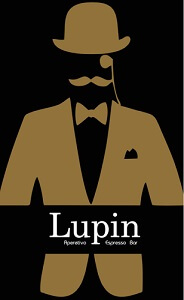 Lupin Aperitivo Espresso Bar
Lupin Aperitivo Espresso Bar


